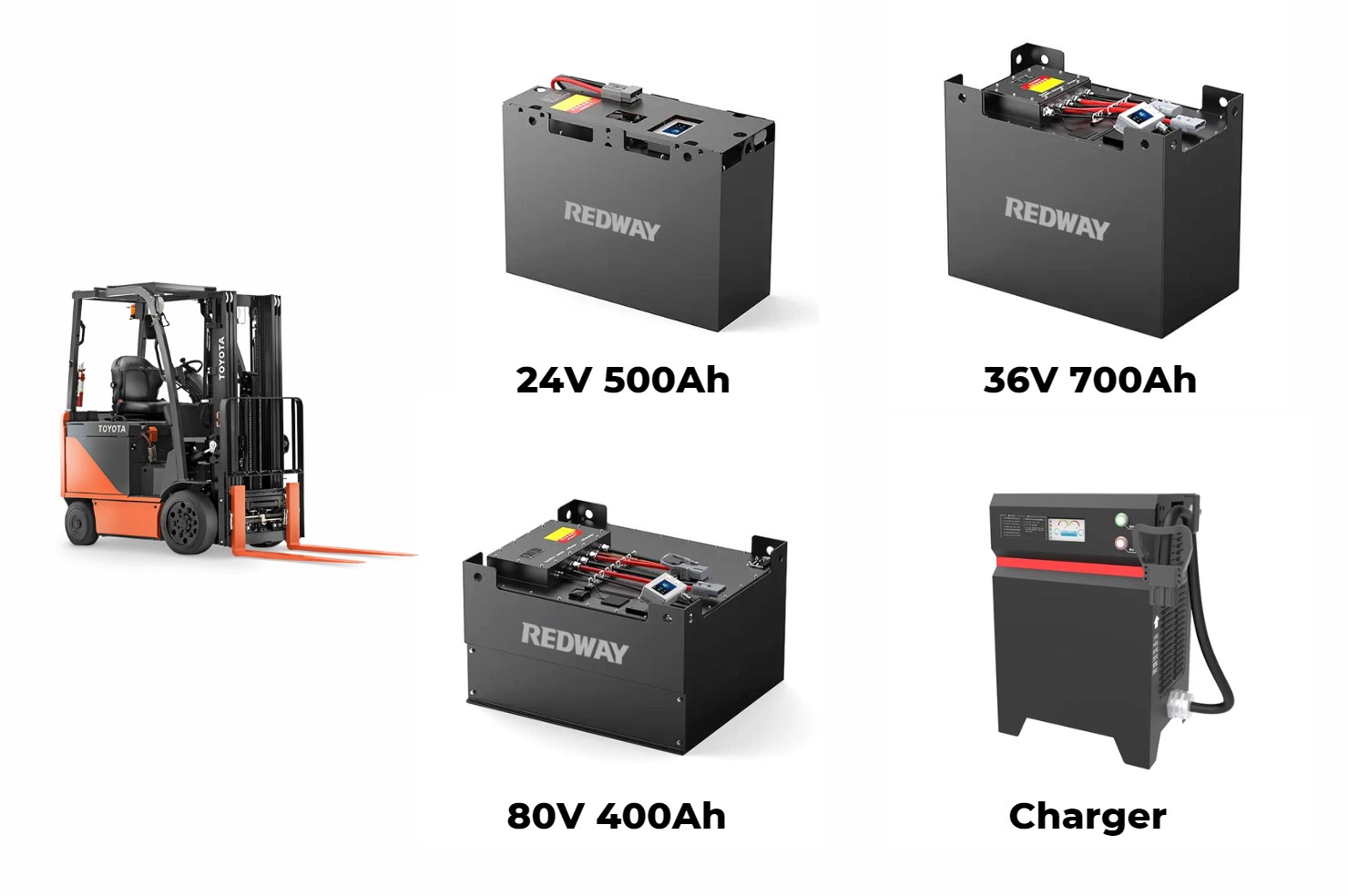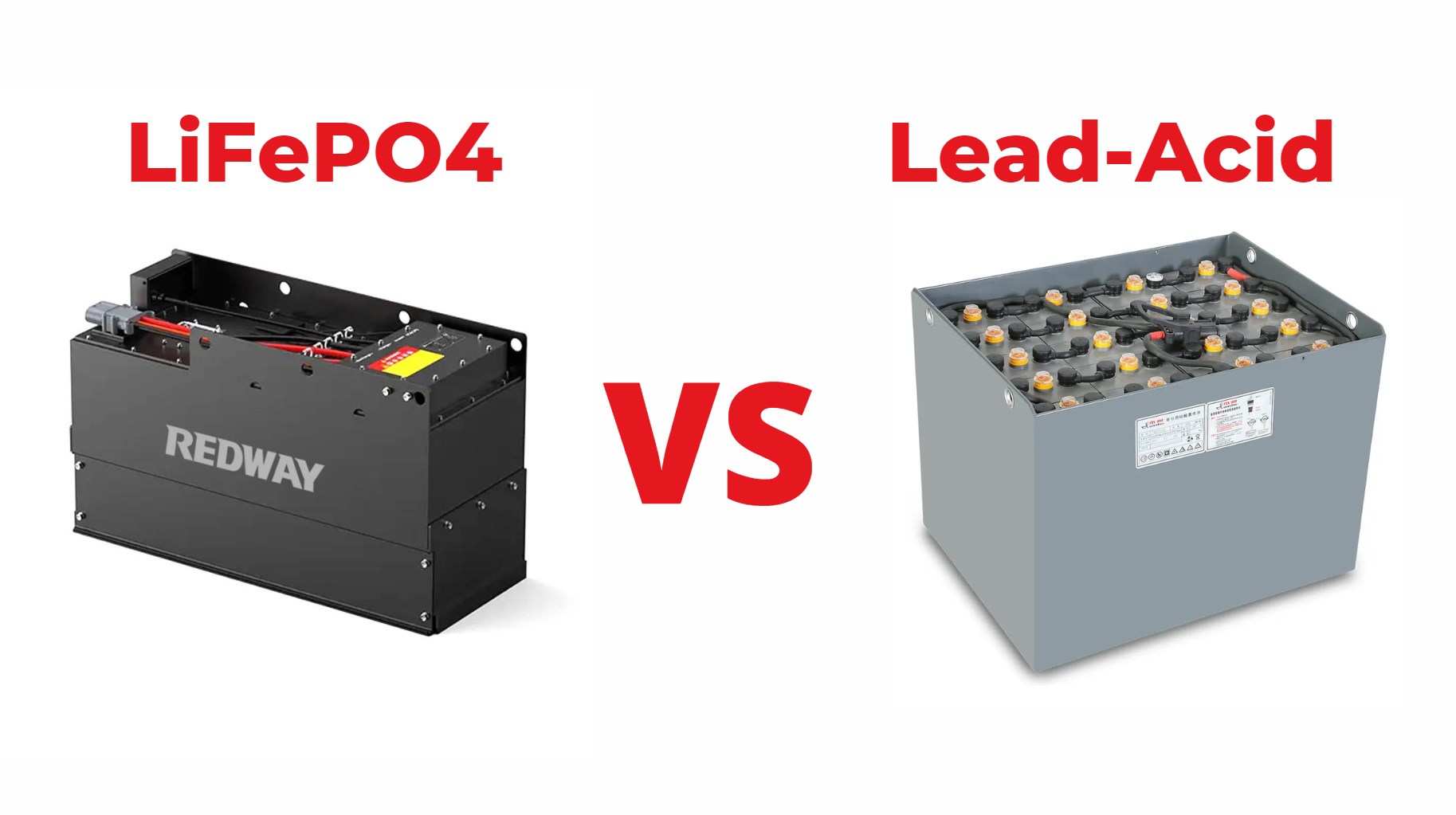LiFePO4 forklift batteries generally have a higher upfront cost compared to lead-acid batteries but offer lower total cost of ownership over time due to their longer lifespan and reduced maintenance needs. The initial investment is often offset by savings from fewer replacements and lower energy costs.
When evaluating the cost-effectiveness of forklift batteries, businesses are often confronted with the choice between LiFePO4 (Lithium Iron Phosphate) and lead-acid options. Each type of battery has its distinct advantages and disadvantages, and understanding these can significantly influence the total cost of ownership. This comprehensive analysis will explore the cost implications, performance benefits, and overall value proposition of LiFePO4 compared to lead-acid forklift batteries.
1. Upfront Costs: LiFePO4 vs. Lead-Acid Forklift Batteries
The initial cost is a crucial factor when selecting a forklift battery. Lead-acid batteries traditionally offer a lower upfront cost. Typically, the initial investment for a lead-acid forklift battery is significantly less compared to its LiFePO4 counterpart. This price difference can be attractive for businesses with tight budgets or those looking to minimize initial expenditures.
However, it’s essential to consider that while the initial expense for LiFePO4 batteries is higher, this cost is often offset by their superior performance and longer lifespan. For businesses focused solely on upfront costs, lead-acid batteries might seem more economical. Nevertheless, evaluating the total cost of ownership reveals a more nuanced picture.

2. Lifespan and Durability
One of the most significant advantages of LiFePO4 batteries is their extended lifespan. LiFePO4 batteries typically offer a lifespan ranging from 2000 to 5000 charge cycles, significantly outlasting lead-acid batteries, which usually provide between 500 to 1500 charge cycles.
The longer lifespan of LiFePO4 batteries translates to fewer replacements over time. This durability not only reduces the frequency of battery purchases but also minimizes the associated labor and downtime costs related to battery replacement. Businesses investing in LiFePO4 batteries benefit from a more predictable and lower overall cost over the battery’s lifetime.
3. Maintenance Requirements
Maintenance is another critical factor differentiating LiFePO4 and lead-acid forklift batteries. Lead-acid batteries require regular maintenance to ensure optimal performance. This maintenance includes:
- Watering: Lead-acid batteries need to be periodically topped up with distilled water to prevent damage and maintain efficiency.
- Cleaning: The terminals and connections must be cleaned regularly to prevent corrosion.
- Equalization Charges: To balance the charge across all cells, lead-acid batteries occasionally require equalization charges.
In contrast, LiFePO4 batteries are virtually maintenance-free. They do not require watering or equalization charges, and their advanced technology minimizes the risk of corrosion. The reduced need for maintenance translates into additional cost savings, as businesses can allocate fewer resources to battery upkeep and avoid potential maintenance-related disruptions.
4. Charging Efficiency and Time
Charging efficiency and charging time are critical aspects of battery performance that impact overall operational efficiency. LiFePO4 batteries exhibit superior charging efficiency compared to lead-acid batteries. They typically offer faster charging times, often reaching full charge in a fraction of the time required by lead-acid batteries.
A faster charging time not only improves operational efficiency by reducing downtime but also allows for greater flexibility in battery usage. Businesses can maximize the utilization of their forklift fleet, leading to increased productivity and reduced operational costs. LiFePO4 batteries’ higher energy efficiency also contributes to their overall cost-effectiveness, making them a more attractive option for operations with high usage demands.
5. Total Cost of Ownership
When assessing the total cost of ownership, it is essential to consider the long-term financial implications of each battery type. Despite the higher initial cost of LiFePO4 batteries, their extended lifespan, lower maintenance requirements, and superior charging efficiency often result in significant savings over time.
The total cost of ownership encompasses not only the purchase price but also factors such as:
- Replacement Costs: LiFePO4 batteries generally have a lower total replacement cost due to their longer lifespan.
- Maintenance Costs: Reduced maintenance requirements for LiFePO4 batteries contribute to lower overall maintenance costs.
- Operational Efficiency: Faster charging times and higher energy efficiency lead to increased productivity and reduced downtime, further enhancing cost savings.
Businesses that prioritize long-term savings and operational efficiency will find that LiFePO4 batteries offer a compelling value proposition despite their higher upfront cost. By investing in LiFePO4 technology, companies can achieve significant cost benefits and reliable performance over the battery’s lifecycle.
6. Environmental Impact
In addition to financial considerations, the environmental impact of battery choices is increasingly important. LiFePO4 batteries are considered more environmentally friendly compared to lead-acid batteries. They contain fewer harmful chemicals and heavy metals, reducing their environmental footprint.
Lead-acid batteries, on the other hand, involve more complex disposal processes due to their lead content. Proper recycling and disposal are essential to mitigate environmental harm, but these processes can be costly and logistically challenging.
By choosing LiFePO4 batteries, businesses not only benefit from financial savings but also contribute to a more sustainable and environmentally responsible operation.
7. Conclusion
In summary, while lead-acid forklift batteries present a lower upfront cost, LiFePO4 batteries offer substantial advantages in terms of lifespan, maintenance requirements, charging efficiency, and overall cost-effectiveness. The longer lifespan and reduced maintenance needs of LiFePO4 batteries lead to significant savings over time, making them a wise investment for businesses seeking long-term financial benefits and reliable performance.
When evaluating forklift battery options, it is crucial to consider not only the initial purchase price but also the total cost of ownership, including replacement and maintenance costs, operational efficiency, and environmental impact. By investing in LiFePO4 batteries, businesses can achieve greater cost savings, enhanced operational efficiency, and a reduced environmental footprint, positioning themselves for long-term success in a competitive market.




